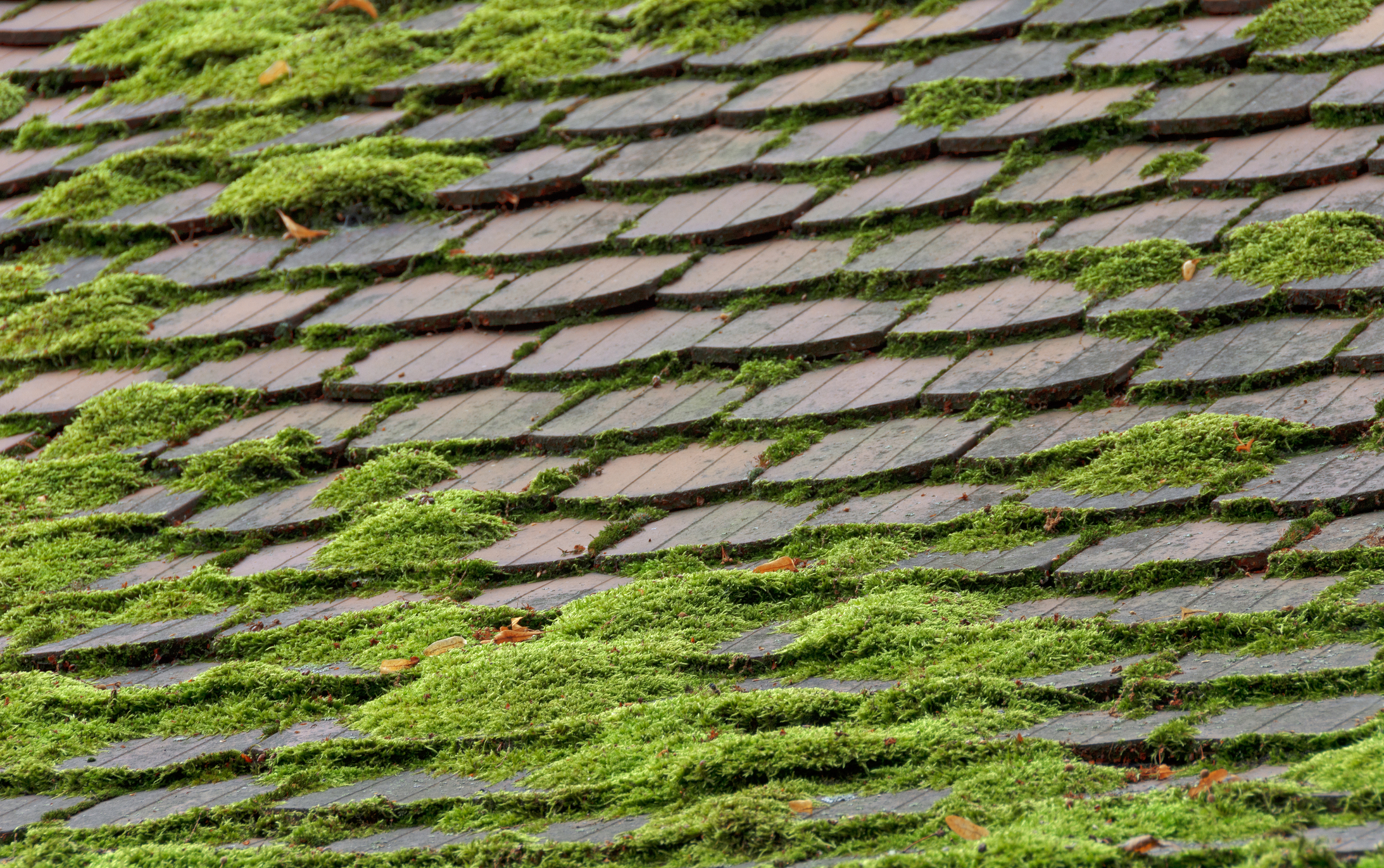
Moss can be a massive problem for your roof. It isn’t only an aesthetic issue but can also cause costly damage. The thick and dense layer will cover the shingles, preventing the excess water from draining. This can result in roof damage, which is expensive to repair.
What time of year should you clean your roof?
Summer is ideal for removing the moss in front of the roof. At this time, the dry weather will make it easier to clean. The moss will be brittle, so you can quickly sweep it away with a broom.
If you use special agents to get rid of moss, you are recommended to do it during dry weather. When the weather is rainy, the moss will remain wet. The excess moisture will dissolve the agents and make them ineffective. The best time for cleaning moss would be from mid-May to September, just before the fall rains start.
Is it worth removing moss from the roof?
Removing moss from your roof is very important. Moss forms a thick layer over the shingles, which disrupts the water drainage. Instead of directing the water down, it will puddle below the shingles. This results in roof leaks and damage.
Knowing that roof repairs are one of the most expensive maintenance costs, tackling the moss issues would save you from costly repairs in the future.
On the other hand, shingle manufacturers clearly state that they won’t warranty the product covered with moss. Therefore, removing the moss as soon as it appears will save you money in the long run.
How to remove moss from the roof
Removing moss from your roof is simple. However, you need to be sure you are safe. Sloped roofs can be dangerous, so take every precaution when cleaning your roof.
Sweeping away the dry moss is one of the options available.
When the moss is dry and dormant, you can clean it with a broom. However, be sure to go with gentle motions to avoid causing damage to the shingles.
Once the moss is removed, you must prevent it from growing again. The moss pores might still be there, so a water and bleach solution is advised after cleaning. Use the exact proportions of water and bleach to prepare a homemade moss-killing agent. Make sure to stick to this ratio, as a solution that is too strong on bleach might damage shingles.
Some might prefer to use a moss-killing agent to clean the roof. You will get the product, prepare a solution, and spread it over the moss. Some products can even be put in the hose, and you can spray the roof with it. Follow the instructions indicated on the package on how long to leave the product to work.
Either way, you will still need to remove the dead moss. However, it will be loose at this time. You can wash it off with a hose while removing the cleaning product. This step is essential, as the moss-killing agent might damage your shingles if left for too long.
You might be tempted to use the pressure washer to remove the most from your roof. But it would be best if you stopped right there. While pressure washing is effective, you should avoid using any strong water pressure on the roof. The pressure washer can lift the shingles or destroy their protective layer, leaving you with brittle bones susceptible to damage.
How to prevent moss on your roof
To prevent moss, you need to know under which conditions it thrives. First, most prefer dark areas.
If your house is located in a shaded area, make sure to expose as much as you can to natural sunlight.
This step will prevent the moss from growing on your roof. A large tree crown can cast shade on your house, so you would want to do some trimming.
Also, debris from the trees will provide a base for moss growth. Remove the leaves and branches from the roof to maintain a hostile environment that will prevent the moss from growing.
On the other hand, moss thrives in damp areas. Therefore you would want to get your roof checked for any problems. Poor drainage will leave puddles on the roof, providing ideal conditions for moss growth. Check the gutters for any blockage that prevents drainage.
Some homeowners prefer to go a step forward and install metal strips on their roofs. This is an effective way to prevent moss from growing, but it won’t handle an existing moss infection.
Therefore, you can use metal strips to prevent new moss after clearing the existing one. Metals such as lead, zinc, and copper will release moss-killing substances when coming in touch with rain.
Another solution for preventing moss is to install moss-resistant shingles. They already contain metal particles, which will release moss-killing substances.
